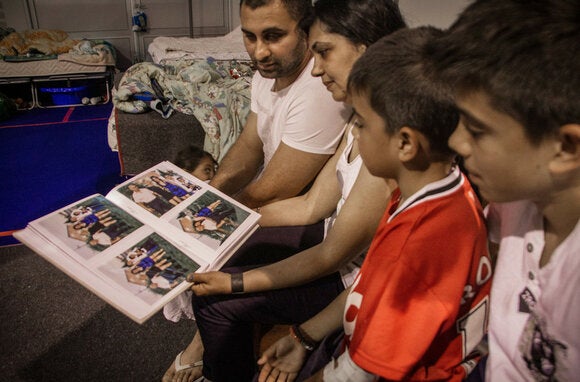
This page contains documents and other resources related to children's care in Europe. Browse resources by region, country, or category.
This page contains documents and other resources related to children's care in Europe. Browse resources by region, country, or category.
Displaying 2241 - 2250 of 3331
The objective of this essay is to determine how substitute child care in the Czech Republic has changed in the last ten years.
In this study, the authors asked youth (formerly) in family foster care in the Netherlands to indicate their psychosocial needs, and analyzed if youth with a history of sexual abuse have different needs.
This paper is based on a review of 20 multi-national European Commission funded projects about child trafficking.
In this study, the researchers asked youth (formerly) in family foster care to indicate their psychosocial needs, and analyzed if youth with a history of sexual abuse have different needs.
This infographic outlines the key facts and figures of unaccompanied youth in Greece including the number and places of UAC Shelters and Safe Zones, the number of children on the waiting list for UAC shelters, and more.
This study sought to investigate similarities and differences in maltreatment in siblings and risk factors associated with the maltreatment of more than one child from the same family.
The current study explores (a) a moderation model of adoption status on the association between attachment representations (secure, dismissing, preoccupied, and disorganized) and behavioural problems and (b) a moderation model of adoption status on the association between emotion regulation processes (cognitive reappraisal and expressive suppression) and behavioural problems.
In this study, 30 primary school aged UK adoptees without a history of institutionalisation completed an assessment of their intellectual, executive functioning and social communication abilities.
This article will discuss the impact of reforms on time limits in decision-making for children, questioning whether they achieve both good decisions for children and justice for families.
This paper presents a model of care‐leaving that incorporates developments in the political economy of health literature to show how differing welfare state arrangements shape health by mediating the distribution of economic and social resources over the life course for populations in general and for those in and leaving care specifically.